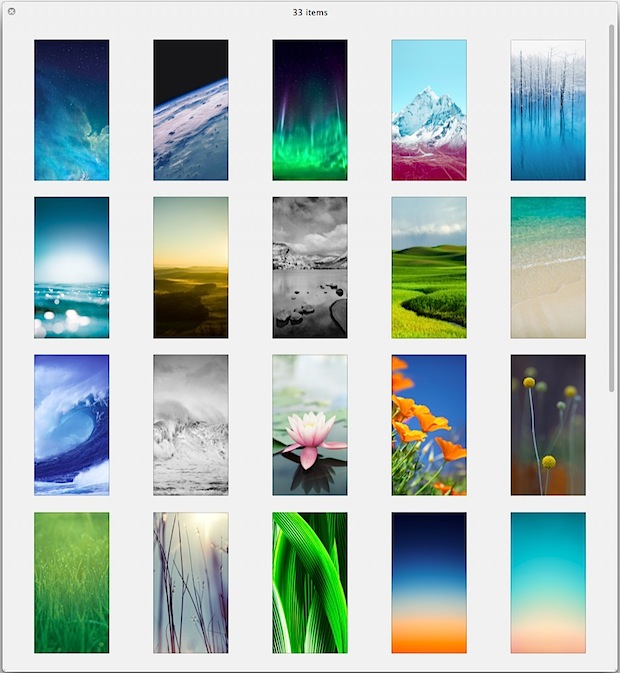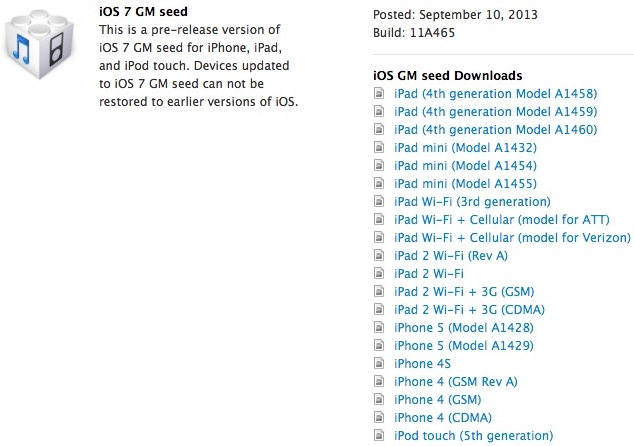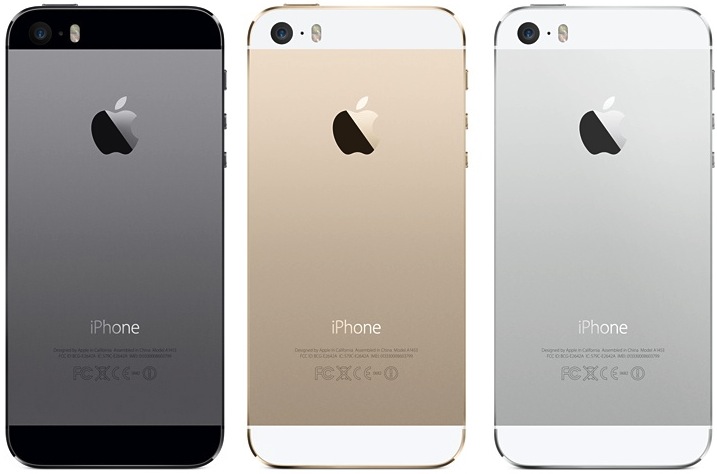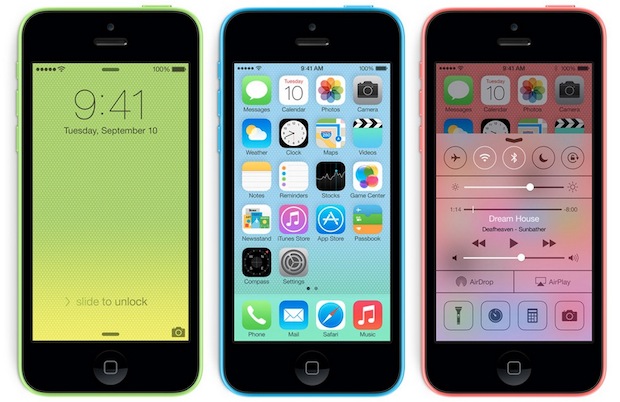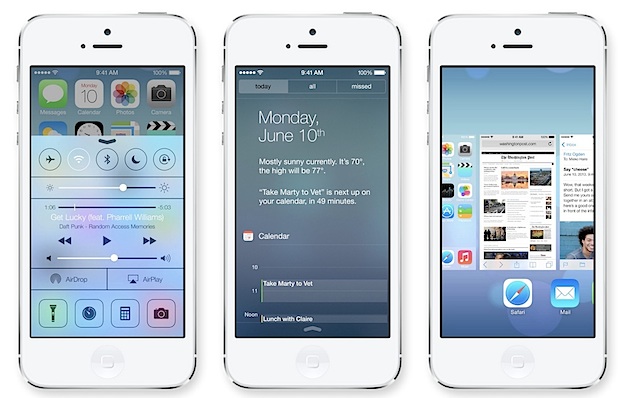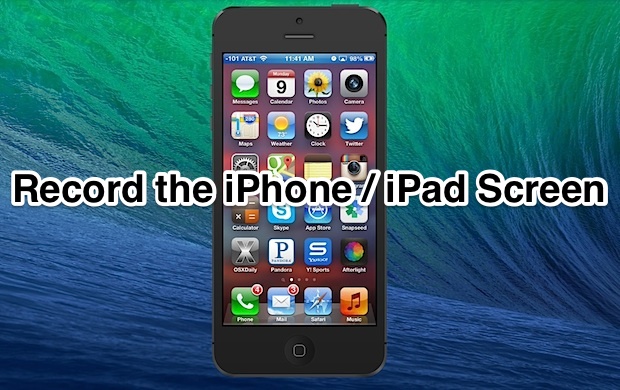Set a Blank Folder Name in iOS

Can’t think of a name for an iOS folder? Or maybe you prefer minimalism and would rather have a folder without any name at all? Why not set a blank folder name! You can’t do this normally, and you may have discovered that typing a bunch of spaces doesn’t set a blank name either, but thanks to a peculiar quirk that comes along with the Starbucks app (yes, Starbucks the ubiquitous coffee shop), you can make a folder with an entirely blank name.
Read more »

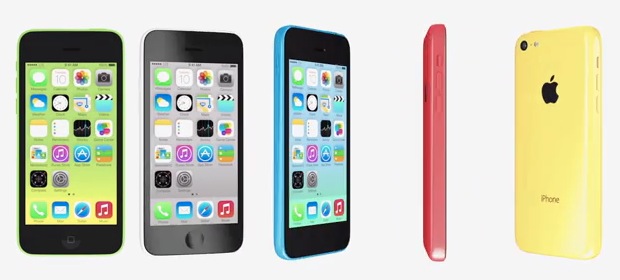
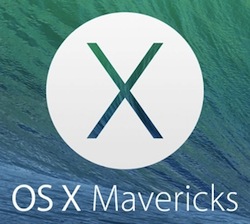 Apple has released the eighth beta build of OS X Mavericks to those registered with the Mac Developer program. The new build includes bug fixes and updates and pushes the the developer version closer to a wider public release.
Apple has released the eighth beta build of OS X Mavericks to those registered with the Mac Developer program. The new build includes bug fixes and updates and pushes the the developer version closer to a wider public release.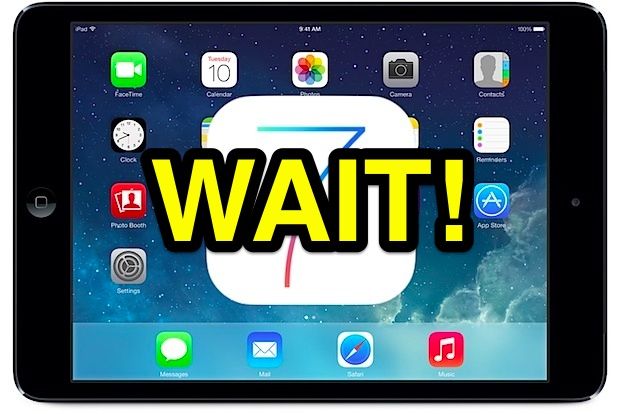
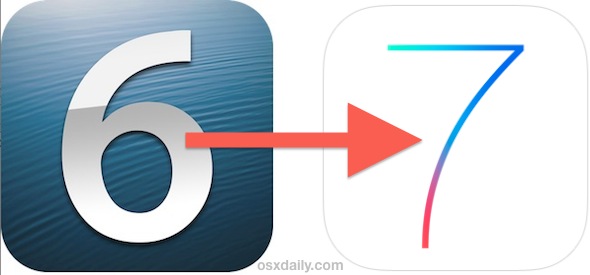
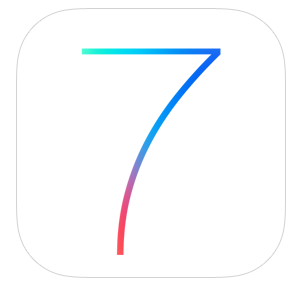 Though you should be patient and wait a week for the
Though you should be patient and wait a week for the 
